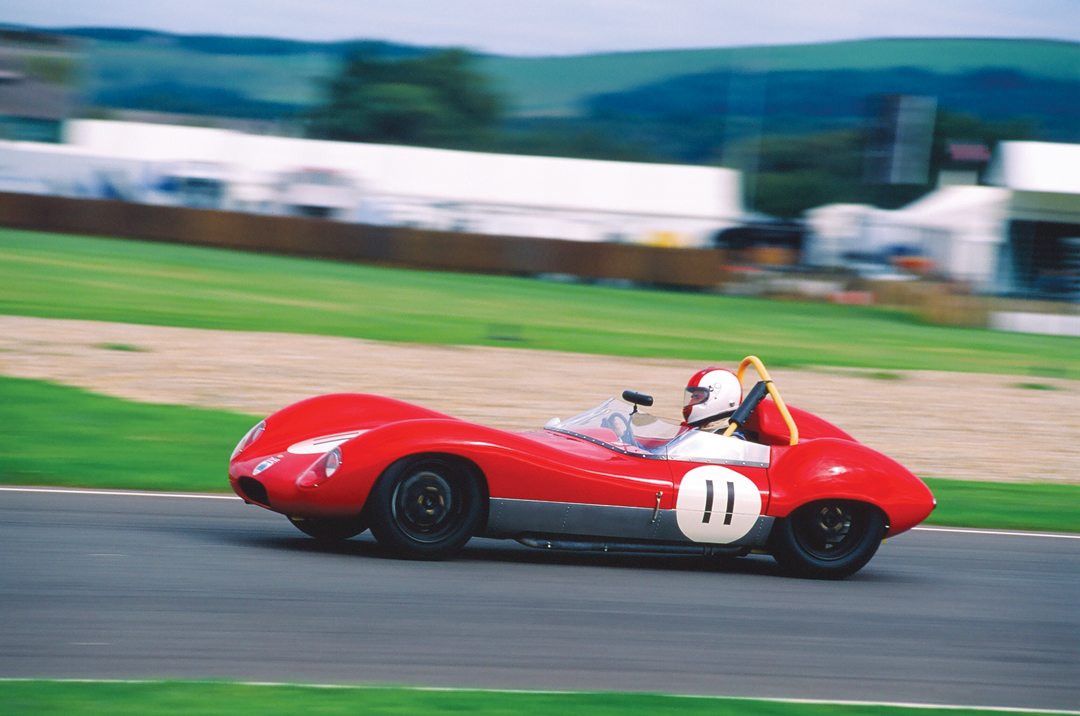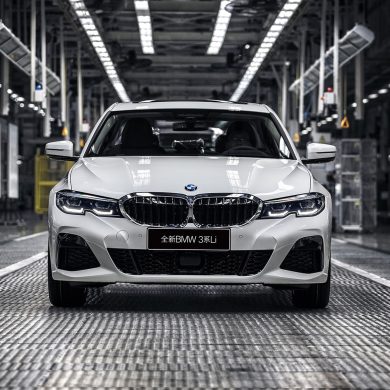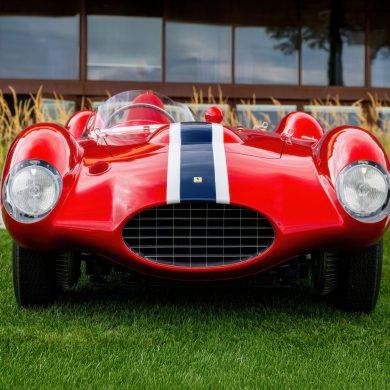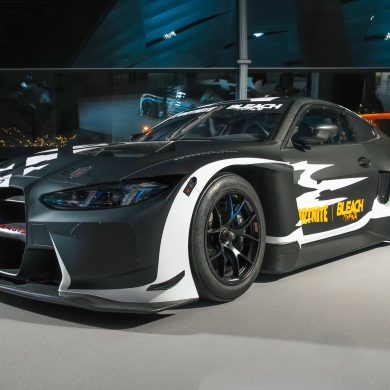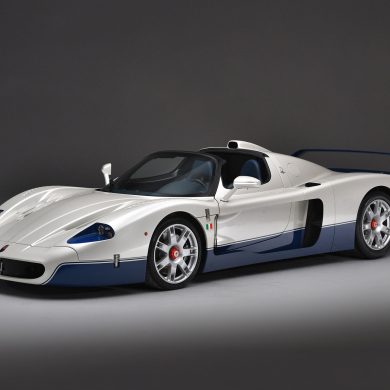It is distressing to record the death of anyone involved in motor sport, more so when the event is due to circumstances entirely disconnected from that discipline; but to write this brief review of David Leslie’s racing life hurts more than most, as I have known him for over 30 years.
Born in Dumfries, Scotland, on November 9, 1953, Leslie started with karts as a junior in 1966. Immediately successful, he won the Scottish Championship twice and did the same thing a further three times at national and international levels over the succeeding ten years.
With virtually no money, he thought he would try car racing, so he purchased a seven-year-old Crossle 16F Formula Ford to see what would happen. Fourteen placings and six fastest laps later, he decided to continue with the help of a Royale RP24 in 1977. The result was 30 wins and the BARC FF Championship and Ecurie Ecosse “Best Newcomer of the Year.” He was also a runner-up in the then-prestigious annual Grovewood Awards presentations.
Local company Duke’s Palletts provided a Reynard for the 1979 FF2000 series and enough backing to see him to two championship overall wins. He was also able to try the Chevron B41 Grand Prix car at an Oulton Park Aurora round where, he finished a promising 4th. Another step up for 1980 saw him in the Hope Scott, racing Formula Atlantic Ralt RT4 and, by virtue of winning 17 out of 20 races, he was able to tuck the Hitachi Formula Atlantic series win under his belt. An international series drive had to come his way sooner rather than later and, with Hope Scott again in 1981, a Ralt RT3 was acquired for an attack on British Formula 3. A superb televised Easter race at Thruxton, when he was harried all the way by Thierry Tassin, but slipped to second at the end, should have led to better things, but the ever-present problem of lack of money saw him sitting out some races and later driving an Eddie Jordan–entered car under the Racing for Britain banner, resulting in several top-six placings John Robinson took on the Magnum F3 car project for 1982, and David was invited as driver for the new car. Despite Racing for Britain, a small budget didn’t help and few results were obtained until in 1983, with the updated 833 version, David gained some front-row grid positions and some promising results with the car with the help of Ocean Ajax money, courtesy of Mike Archer.
A proposed Indy-car drive came to nothing, and soon Group C beckoned in the shape of the Ray Mallock–designed Ecurie Ecosse C2 sports cars for 1986. His experience with these cars led to David being drafted into the newly formed Aston Martin Group C team in 1989, via a works Mazda drive at Le Mans in ’88. The promising AM team did not have much chance to shine before Group C was effectively killed off by new regulations.
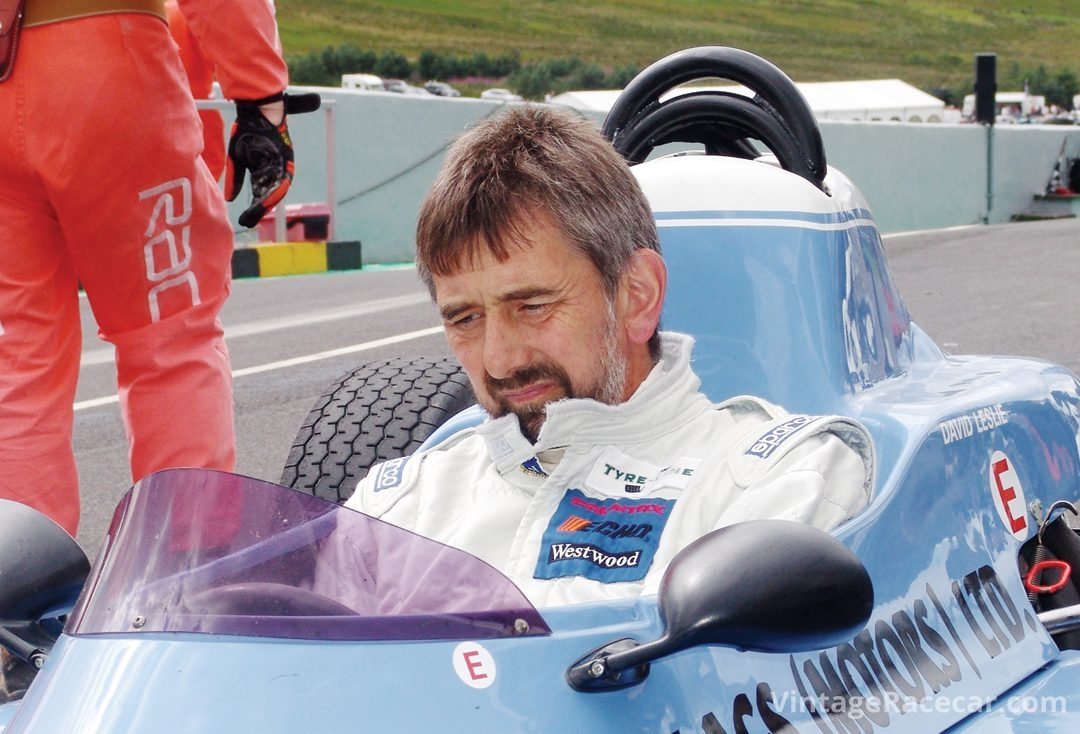
By Mike Jiggle


